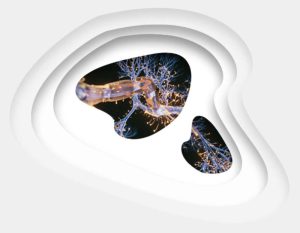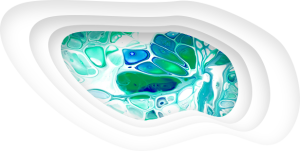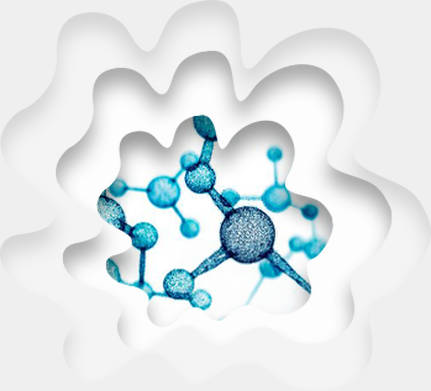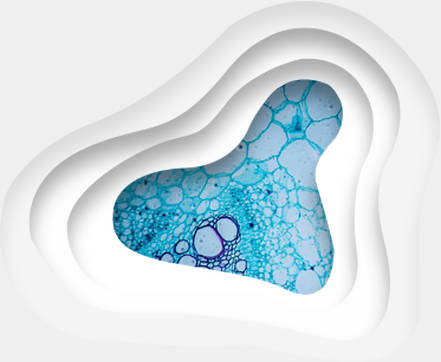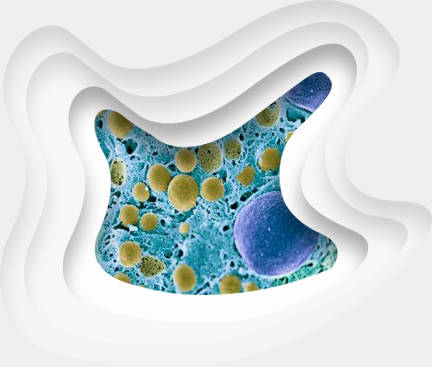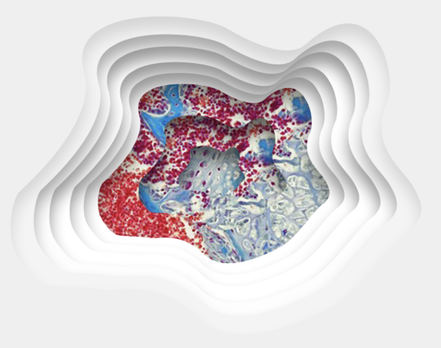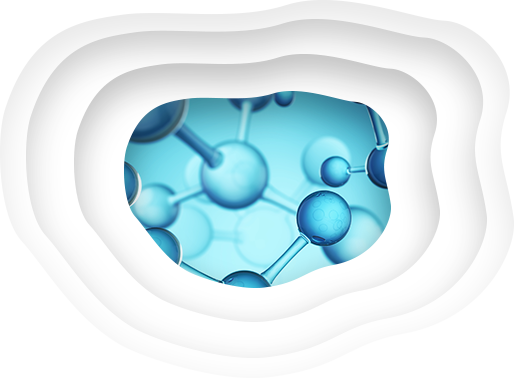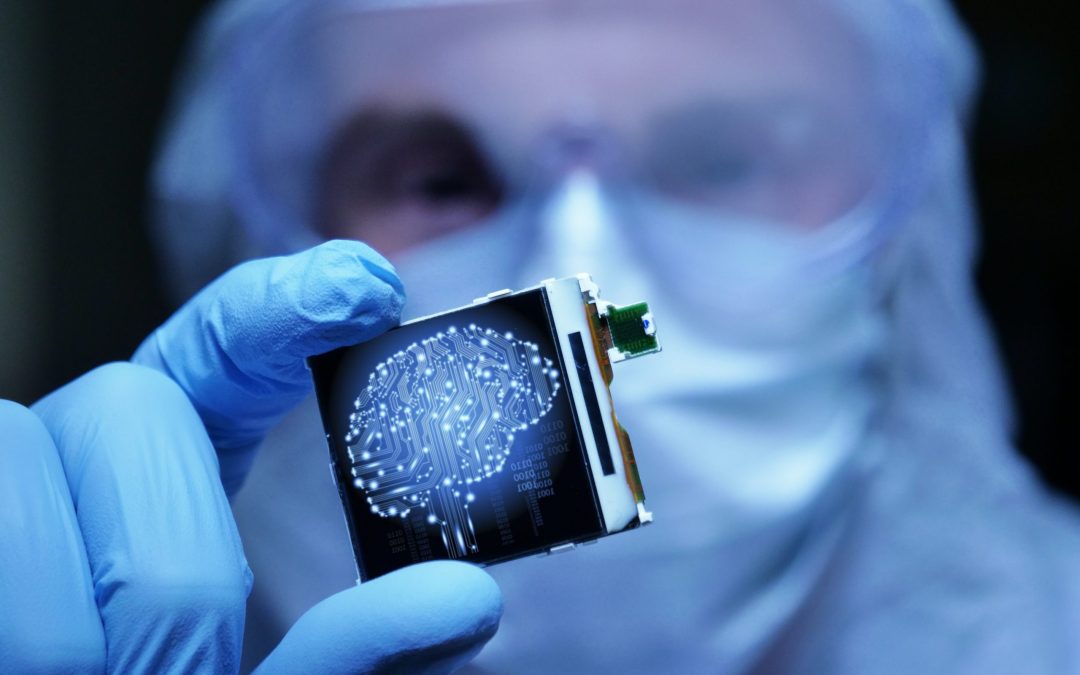A systematic approach to specifying and justifying the level of clinical evidence needed for the clinical evaluation of medical devices
The quality and safety of medical devices should be top-notch. This is indisputable. To this end, medical devices must meet a sufficient level of clinical evidence under the (EU) 2017/745, Medical Devices Regulation (MDR). For a device to be compliant to the general safety and performance requirements (GSPRs) under this regulation, it is necessary that sufficient clinical evidence is provided by the manufacturer for the device in question.
In order to do this, the manufacturer needs to accurately determine which of the device/intended use characteristics, require sufficient clinical evidence throughout the clinical evaluation. The class of the device, whether it is a legacy [previously CE marked under the Medical Devices Directive (MDD) or the Active Implantable Medical Devices Directive (AIMDD)] vs. a new device, whether it meets the criteria of Article 61(10) or Well-Established Technology (WET), or whether it is equivalent to another device, can all affect the level of sufficient evidence required.
Given that multiple parameters, as mentioned above, are considered to establish and justify the sufficient level of clinical evidence for a device, there is no “one size fits all” approach.
Both the MDR and Medical Device Coordination Group (MDCG) 2020-6 suggest specifying the sufficient level of clinical evidence for a particular medical device and justifying it on the basis of the characteristics of the device and its intended purpose.
Why should you download this whitepaper?
Understanding where to even begin when determining, and justifying, the right level of clinical evidence for clinical evaluation is a big undertaking. Cactus Life Sciences breaks down the components and illustrates a clear, systematic approach that can help make it a lot easier.
Download this whitepaper to learn
- What is meant by “sufficient clinical evidence”
- How to determine the quality and level of clinical evidence for clinical evaluation
- What to consider when working with legacy vs. new devices
- How Article 61(10), Well Established Technology (WET), or equivalence can affect your strategy
- Recommendations (and advice) from Cactus Life Sciences experts
Share this post
About the author

Cactus Life Sciences
Cactus Life Sciences helps pharma, biotech, and medical device organizations worldwide with content strategy, development, and data. We work with medical affairs to disseminate insight-driven information to healthcare professionals, payors, and patients in a range of formats.

